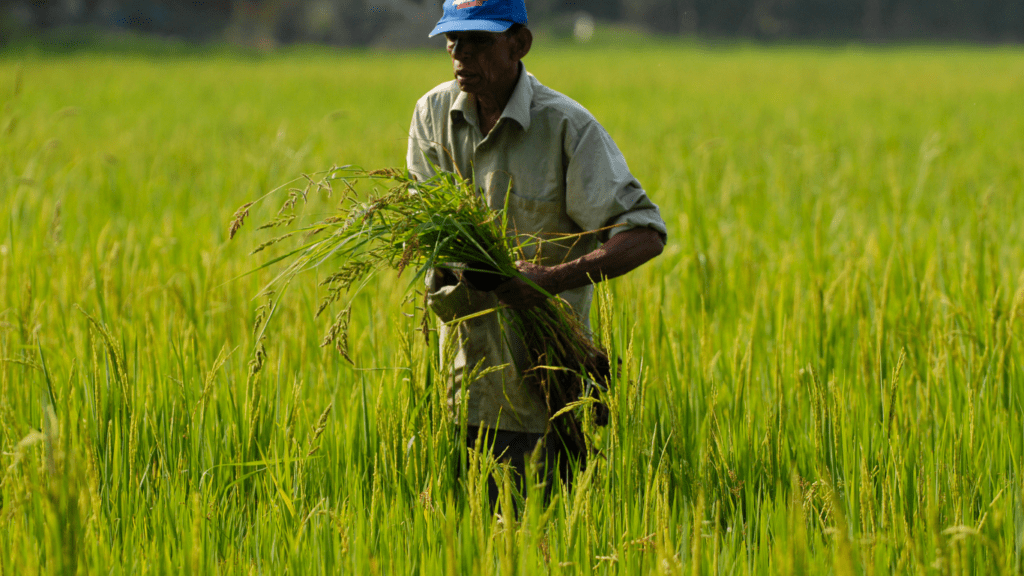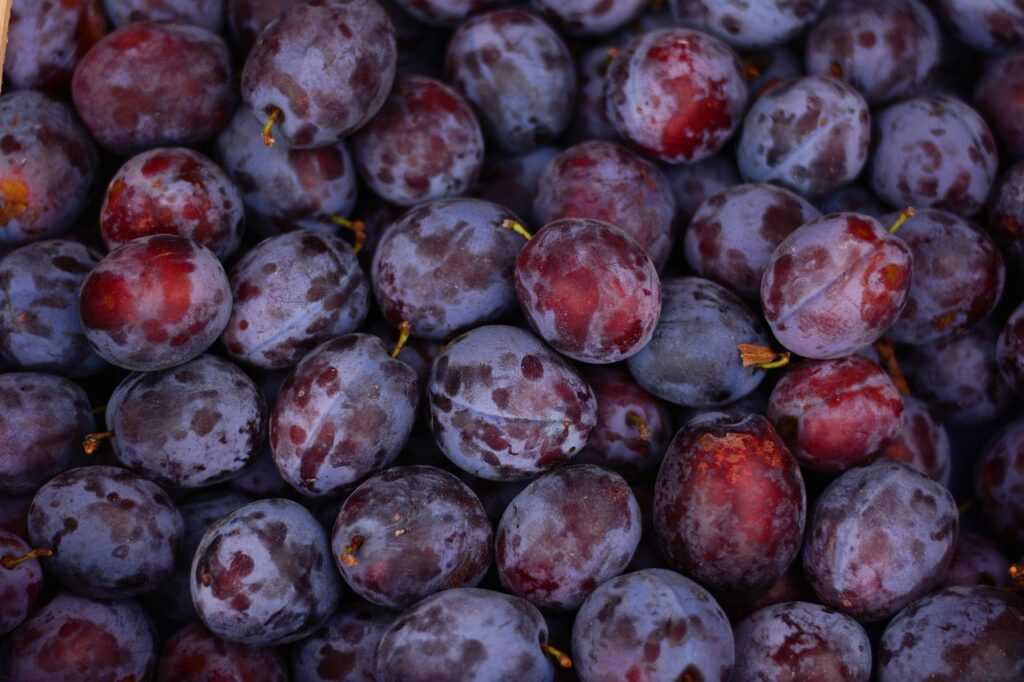Impact of Tariffs and Trade Barriers
Tariffs and trade barriers significantly affect agricultural markets. They influence prices, production decisions, and market accessibility for farmers and consumers.
Case Studies of Recent Tariffs
Tariffs on U.S.-China Trade: The 2018 tariffs between the U.S. and China showed substantial impacts. Farmers faced declining soybean prices as China, a major buyer, sourced from other countries. According to the USDA, soybean exports to China dropped by 75% in 2018.
EU’s Tariffs on U.S. Agriculture: The European Union imposed tariffs on various U.S. agricultural products in retaliation for tariffs on steel and aluminum. This led to reduced export quantities of items like almonds and cranberries, affecting farmers’ revenue streams.
Effects on Export and Import Patterns
Reduced U.S. Export to China: Due to the 2018 tariffs, U.S. agriculture exports to China suffered, especially soybeans. Export volumes dwindled, impacting the agrarian economy.
Increased Import from Non-Tariffed Countries: Trade barriers can shift import patterns. For example, when the U.S. imposed tariffs on Mexican imports, demand for similar products from other Latin American countries surged, altering market dynamics.
Tariffs and trade barriers reshape the agricultural landscape, influencing both local and global markets.
Free Trade Agreements
Free trade agreements play a pivotal role in shaping the agriculture market by eliminating or reducing tariffs and improving market access.
NAFTA and its Successors
The North American Free Trade Agreement (NAFTA), replaced by the United States-Mexico-Canada Agreement (USMCA), represents one of the most significant free trade agreements influencing agriculture. NAFTA removed tariffs on various agricultural products among the three countries.
This led to increased trade volumes, particularly in corn, beef, and dairy products. For example, U.S. corn exports to Mexico surged, benefiting U.S. farmers while providing cheaper feed for Mexican livestock producers.
Under USMCA, which came into effect in July 2020, new provisions aim to modernize trade, accommodate advancements in technology, and address issues like biotechnology and food safety.
These changes potentially enhance market predictability and stability, benefiting the agricultural sector by fostering long-term trade relationships.
Impact on Small and Large-Scale Farmers
Free trade agreements differently impact small and large-scale farmers due to resource availability and market reach. Large-scale farmers often benefit more because they can quickly adapt to new market opportunities and have the capacity to scale production.
For instance, large agribusinesses in the U.S. gained from increased exports of beef and dairy products under NAFTA, leveraging economies of scale to reduce costs and increase profitability.
Conversely, small-scale farmers sometimes struggle with increased competition and fluctuating prices. They might lack the capital to invest in technology and infrastructure needed to compete effectively on a global scale.
These challenges necessitate support mechanisms like subsidies and grants to help small farmers leverage the benefits of free trade.
Agricultural Subsidies and Support
Subsidies play a vital role in shaping the global agriculture market. Countries use different schemes to support farmers and influence market dynamics.
Comparison of Subsidies Across Regions
Countries like the US, the EU, and China allocate substantial funds for agricultural subsidies. The US provides direct payments to farmers, crop insurance, disaster assistance, and marketing loans1. In 2020, US farm subsidies totaled $46.5 billion.
The EU’s Common Agricultural Policy (CAP) offers subsidies to promote sustainable farming. CAP payments reached €58 billion in 20202. These subsidies target environmental practices, rural development, and market measures.
China’s subsidies focus on grain production and comprehensive agricultural support3. The country spent over CNY 1.6 trillion ($230 billion) supporting farmers in 2020.
Effectiveness of Subsidy Policies
Subsidies’ effectiveness varies. In the US, subsidies stabilize farmers’ income. A 2018 USDA report indicated that government payments accounted for 19% of net farm income. However, critics argue subsidies can encourage overproduction and distort markets.
The EU’s CAP has promoted environmental sustainability. Reports show a 20% reduction in greenhouse gas emissions from farms since 19904. Despite this, some believe CAP’s distribution favors large farms.
China’s subsidies have improved grain self-sufficiency. A 2020 analysis showed a 98% self-sufficiency rate in rice, corn, and wheat production. However, concerns about environmental degradation persist.
Subsidy policies impact global trade, market stability, and environmental sustainability. Decision-makers must consider these factors when designing agricultural support.
- ERS USDA Report
- EU CAP Key Policies
- China Trade Map
- EU Forest Policies
Trade Wars and Their Implications
Trade wars have significant repercussions on the agriculture market. They cause price volatility, disrupt supply chains, and create uncertainty for farmers globally.
Recent Trade Conflicts
Recent trade conflicts have heavily impacted agricultural markets. The U.S.-China trade war, for example, saw China imposing tariffs on U.S. soybeans, leading to a significant drop in exports.
According to the U.S. Department of Agriculture (USDA), U.S. soybean exports to China plummeted by 75% during the peak of these tensions. Similar disputes have occurred between the EU and the U.S., where U.S. agricultural goods faced tariffs, affecting products like almonds and peanuts.
Long-term Effects on Global Agriculture
Trade wars have long-term effects on global agriculture by altering trade routes and influencing planting decisions. Farmers often adapt by seeking new markets or changing crops.
For instance, during the U.S.-China conflict, American farmers gradually shifted to planting more corn and less soybeans. Additionally, global supply chains become more fragmented, with countries looking to diversify import sources to avoid reliance on politically unstable partners.
This diversification often leads to increased logistics costs and inefficiencies, ultimately affecting global food prices and availability.
Technological and Regulatory Challenges
Global trade policies impose various technological and regulatory challenges on the agriculture market, impacting everything from compliance to innovation.
Compliance with International Standards
Countries need to comply with international standards to participate in global trade. The World Trade Organization (WTO) sets quality and safety standards that must be met.
For example, the Sanitary and Phytosanitary (SPS) Agreement facilitates the adoption of food safety standards.
Farmers and exporters need to adapt their practices to meet these stringent requirements, which often involves investing in new technologies and practices to ensure compliance. The cost and complexity of implementing these standards can be a barrier, especially for small-scale farmers.
Innovations in Trade and Export Technologies
Innovative technologies are reshaping how agricultural products are traded and exported. Blockchain, for instance, improves transparency and traceability in supply chains.
The use of IoT devices helps monitor and manage the transportation and storage of perishable goods, ensuring they adhere to international standards.
Digital platforms for trading agricultural products streamline transactions and reduce the reliance on traditional intermediaries, cutting costs and improving efficiency.
Regulatory bodies often need to update their policies to keep pace with such technology-driven changes, adding an extra layer of complexity for stakeholders in the agriculture sector.
Future Outlook for Global Agriculture Trade

The landscape of global agriculture trade is evolving rapidly, driven by emerging trends and potential policy changes. Stakeholders must stay informed to navigate these shifts effectively.
Predictions and Trends
Several trends are likely to shape the future of agriculture trade.
- Sustainability Prioritization: Governments prioritize sustainable practices due to climate change concerns. Nations implement eco-friendly policies, encouraging sustainable farming.
- Digital Transformation: Increased use of technologies like blockchain and IoT enhances traceability and transparency. This helps meet regulatory standards and boosts consumer confidence.
- Market Diversification: Countries diversify trade partners to reduce dependence on a single market. For example, Brazil expands its soy exports to Asian markets besides China.
- Demand Shifts: Rising middle-class populations in developing countries drive demand for high-quality, diverse agricultural products, creating new opportunities.
Potential Policy Changes
Future policy changes could significantly impact global agriculture trade.
- Tariff Adjustments: Countries might modify tariffs to protect local industries or retaliate against trade policies. For instance, the US could alter tariffs on imported agricultural goods.
- Subsidy Reforms: Governments may restructure agricultural subsidies. Changes in the EU’s Common Agricultural Policy affect subsidy distribution, impacting farmers’ competitiveness.
- Trade Agreements: New trade agreements might emerge, altering the dynamics of global trade. Potential agreements between the UK and various countries post-Brexit could reshape markets.
- Regulatory Standards: Enhanced regulatory standards for food safety, such as stricter pesticide residue limits, may influence trade flows.
Staying abreast of these projections and potential changes helps stakeholders navigate the evolving global agriculture trade landscape.



